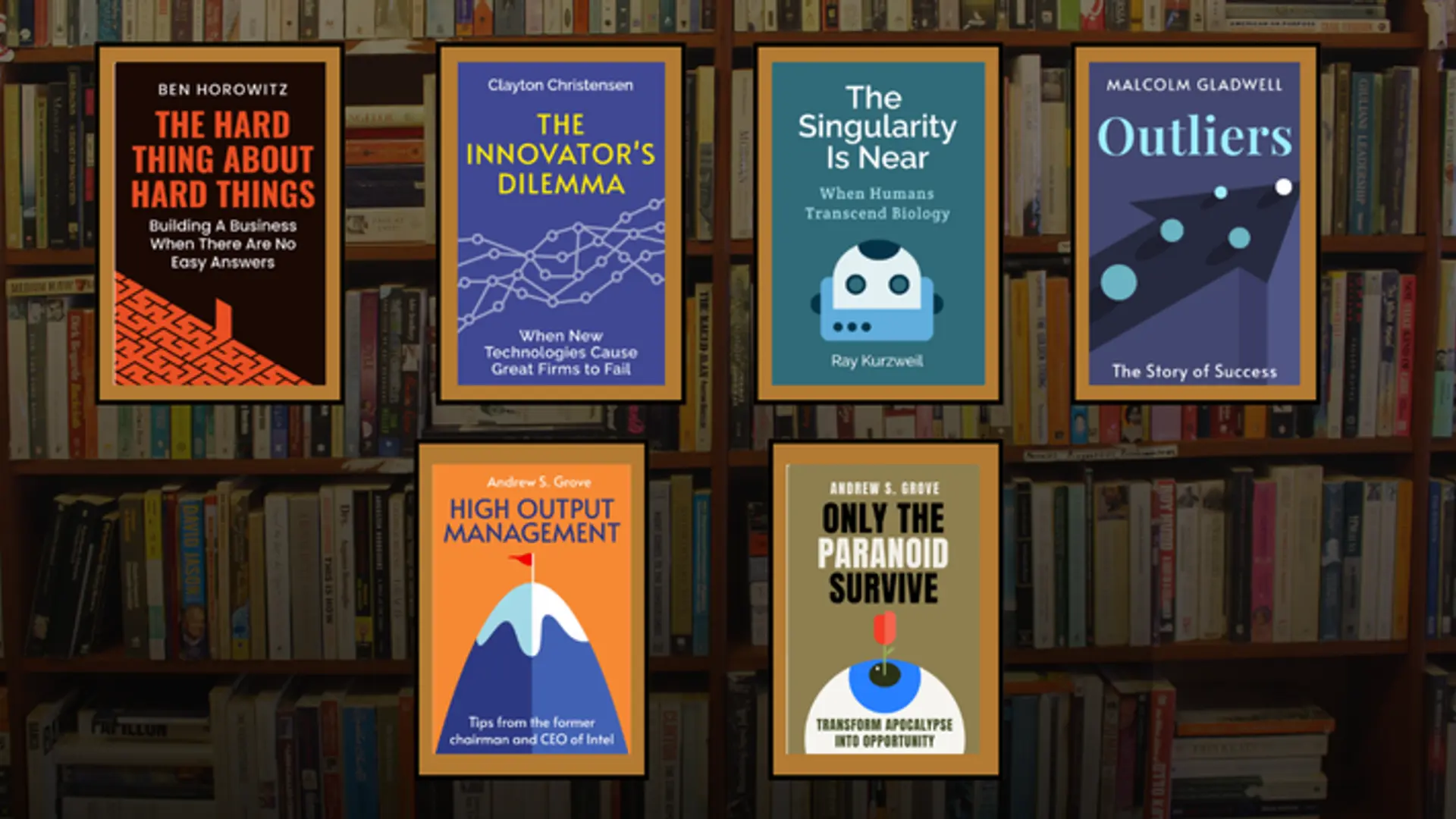How Uber is harnessing technology to ensure safe rides
In the past five years, cab aggregators have used technology to refine and improve customer experience. They are now trying to use technology to address safety concerns.
It is 11 at night. My cab driver seems as eager to reach home as I am. He informs that he has already done 15 trips and this is his last ride of the day. We both keep glancing at our watches as the minutes go by.
The silence of the cabin is broken by incessant calls from home inquiring about my whereabouts. Sensing the concern, the driver smiles and informs me about the share ride feature. But I can’t help thinking, what can a link possibly do?
Even as the cab aggregators have refined their technologies in the last four to five years and ensured that a ride is available the minute we log off from our systems, they have not been able to allay the safety concerns.
With an ever increasing number of incidents relating to cab drivers and riders being reported nowadays, cab aggregators today need to devise ways and means to ensure driver and rider safety.
The service providers have already taken some measures in this regard. Uber, for instance, has entered into partnerships with pubs and bars in Delhi to ensure that people do not drink and drive and has created booking points where people can have their rides booked. It has also partnered with the Delhi Police app --Himmat -- to promote and help women’s safety.
Uber, however, claims to be taking all this a step further.

Engineering safety in Uber
“We want to make Uber the safest place in the city,” says Apurva Dalal, Head of Engineering at Uber. To achieve that objective, Uber has turned its attention to driver safety, vehicle safety and safety of navigating on the roads. The focus, according to Apurva, is on prevention.
The Uber technology team explains these steps as the 3 S of the Uber Safe drive. First, is ensuring that the cars and driver phones have sensors, which help the team detect driving patterns. Second, is the driver selfies, and third is sentiment analysis, which entails an analysis of the customer feedback and driver behaviour.
“We are also looking closely at vehicle telematics, which predicts and understands driving patterns. This records data about vehicle movements and driving patterns. It has the capacity to understand if sudden shift made by the driver was because of a road condition or not. All these details, in turn, help us better our driver training,” explains Apurva.
Working on safety from an operations perspective
With Dara Khosrowshahi taking over as CEO, Uber is poised to reinforce its focus on safety. Speaking to YourStory at an event in Bengaluru, Pradeep Parameswaran, Head of Central Operations, Uber India, said,
“Today, in India we are doing roughly 9.4 million rides a week. This year, we have seen a 110 percent growth in terms of the size of the business. This is an indication of the fact that more people look at us as a viable alternative to what they used to use before. And this comes on the back of a product and technology which is constantly improving. There is both a product and operations related angle to this.”
Today, apart from the ride and the app experience, ensuring a safe trip for riders has become a primary concern for cab aggregators.
Pradeep said that ensuring a safe ride both from a driver and rider’s perspective is at the centre of both product and tech-driven features. Operationally, it begins with ensuring that the driver gets accustomed to using an app.
The features that ensure safety
A big part of the job is in ensuring that the drivers get the right kind of training and development. “This includes behaviour, nuances of interacting with the rider and understanding body languages,” explained Pradeep.
Another feature ensures that authorities immediately reach the rider whenever they get a call from one who is feeling unsafe during a trip. The Uber ops team ensures that the SOS reaches the authorities.
Apart from the riders, drivers too can share the details of their trip, including route and ETA in real-time. All this is done without compromising the privacy of the rider or divulging personal information or specific drop and pick-up points. It gives drivers a way to let their friends or family members know.
Also, to ensure that the driver who picks you up is the same as shown in the app at the time of booking, Uber has brought out real-time ID checks, which, Pradeep adds, will complement their onboarding process.
“Driver partner accounts could be duplicated as many may have created new accounts due to various reasons. What Uber does now is help identify the duplicate accounts and these accounts will be temporarily paused,” explains Pradeep.
Driver partners will receive an in-app message telling them why their accounts have been paused and will be asked to verify their accounts by logging in. Those accounts that are not verified will be deleted and barred from use in the future. This will ensure that only verified drivers have access to the Uber app, thereby ensuring a safe ride for the riders.
“Selfies that we introduced is a way to ensure that the rider partners are indeed the ones who are meant to take the trip,” adds Apurva.
Tackling the issue of connectivity
Most of the technology initiatives that Uber is taking to ensure there is an added layer of safety are dependent on network and GPS connectivity. In India, that can be a challenge, considering the connectivity issues. Apurva says the team is looking at ways to solve this issue.
“Also, we are constantly innovating at Uber, and aim to find a technological solution to a problem. What we are currently striving for at Uber is improving the maps especially in India and reducing driver calls to the passenger,” signs off Apurva.







